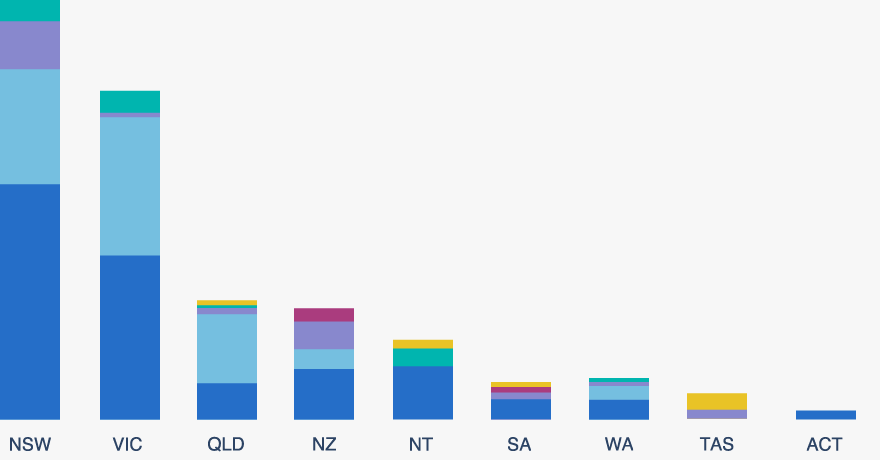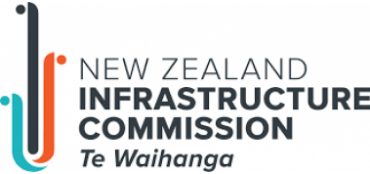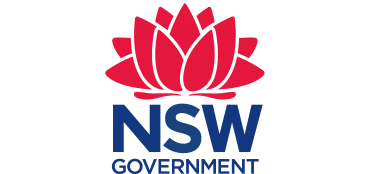Analyse the
Infrastructure Pipeline
Our dynamic charts make it easy to get an up-to-date view of the Australia and New Zealand Infrastructure Pipeline. Pick one of the charts and filter by location, sector, status and procurement approach to explore the data behind the pipeline.

ANZIP charts
Infrastructure Pipeline By Status Infrastructure Pipeline By Location Pipeline Forecast By Expenditure Pipeline Forecast By Labour DemandAdditional charts by Infrastructure Partnerships Australia
Privatisations By Year Public Private Partnerships By Jurisdiction & YearPrivate Finance Analysis
Recent Updates
The Dinner Hill Wind Farm has proposed the Dinner Hill Wind Farm, to be located approximately 26 km north of Dandaragan, WA.
The scope of the project includes delivery of:
- 160 Wind Turbines with a capacity of 1.2 GW
- a 100 MW / 400 MWh Battery Energy Storage System
- terminal stations, and
- enabling infrastructure.
The Victorian Government is proposing to deliver six renewable energy zones (REZs), comprising:
- Central Highlands (4 GW hosting capacity)
- Central North (still to be determined)
- Gippsland (5.2 GW hosting capacity)
- North West (1.7 GW hosting capacity)
- South West (3.6 GW hosting capacity), and
- Western (2.4 GW hosting capacity).
A separate REZ is proposed for Gippsland's shoreline to connect offshore wind generation projects. The REZ has an hosting capacity of 2 GW.
The Gladstone Grid Reinforcement is a proposed upgrade to the existing transmission network in Gladstone, Queensland. The preferred option for the project includes three separate stages, including
- Stage One:
- Construction of a new Gladstone West Substation.
- Construction of a new 275-kV double-circuit transmission line between Calvale and Calliope River Substations, switched through the Gladstone West Substation.
- Construction of a 275-kV bus at the new Gladstone West Substation.
- Stage Two:
- Construction of a new 275-kV double-circuit transmission line between Bouldercombe and Larcom Creek Substations, switched through the new Gladstone West Substation.
- Stage Three:
- Delivery of additional essential system service assets to compensate for the planned closure of the Gladstone Power Station, including two synchronous condensers and one 200-Mega Volt-Amperes Reactive (MVAr) shunt capacitor bank.
The proposed changes would add an additional 2.6 gigawatts of network capacity to the NEM.
The Mornington Battery Energy Storage System, developed by Valent Energy, is a 240-megawatt / 480-megawatt hour battery located in Victoria's Mornington Peninsula, adjacent to the existing Tyabb Terminal Station.
The Garden Island Defence Precinct (GIDP) is made up of a numer of Defence estates locations through Sydney Harbour and on the nearby land base, spanning from Homebush and North Strathfield in the west to Mosman and Vaucluse in the east. Works include:
- modernising Captain Cook Graving Dock
- increasing working accomodation
- building demolition and redevelopment
- consolidation of bases and personnel support functions
- addressing short- and medium-term resilience
- supporting additional engineering services
- sustaining strategic fuel storage, and
- managing redevelopment priorities
The Peel Health Campus Redevelopment will see the delivery of a new public hospital delivered on the existing site. The scope of the project includes delivery of:
- an expanded Emergency Department
- a dedicated Mental Health Emergency Centre
- additional inpatient and specialist palliative care beds
- expanded chemotherapy and outpatient services, and
- new operating theatres and clinical support spaces.
The Peel Health Campus was acquired by the Western Australian Government in 2024.
The Royal Perth Hospital Emergency Depatrment Redevelopment is a proposed package of works comprising the delivery of a six-story tower at the existing Royal Perth Hospital S block, to replace the existing Emergency Department.
The scope of the project includes delivery of:
- a six-story clinical tower,
- car parking area,
- expanded two level Emergency Department with new Ambulance bays,
- a dedicated Cardiac Investigation Unit and Cardiac Care Unit,
- a dedicated Dialysis unit,
- a Sub-Acute Cardiology Ward and a Renal Inpatient Ward,
- two Acute Medical Unit Wards, and
- provisions for future helipad.
The Whangarei Hospital redevelopment, Project Pihi Kaha, will be delivered over two stages on the current Whangarei Hospital site. Stage One of the redevelopment will include:
- Acute Services Building - Pūkauakaua, including an emergency department, intensive care unit, operating theatres and a rooftop helipad
- Child Health Centre – Tira Ora, including clinic areas, support spaces, and a link bridge to Te Kotuku maternity building, and
- Whānau House – Te Whāea o te Iwi, with 5 rooms to accommodate up to 20 people, communal living spaces, and Kaitiaki space.
Pending approval for additional funding, Stage Two will include a 158-bed ward tower, and an acute assessment unit.
Whangarei Hospital was first constructed in the 1950s and is the largest healthcare facility in the Northland region.
Learn how to make the most of ANZIP
Welcome to the Australian and New Zealand Infrastructure Pipeline platform, a search tool for infrastructure projects. The Beta version offers new exciting features as well as improved popular features like Map view. Simply go to 'Search' in the menu bar to access the map.
See more tipsPopular searches
SIGN IN TO ANZIP AND SUBSCRIBE TO THE PIPELINE REPORT
Sign in to make the most of ANZIP. Subscribe to the Pipeline Report, Infrastructure Partnership's monthly analysis of Pipeline data and project movements, review past editions of the report and keep track of your Saved Projects.
Sign up







